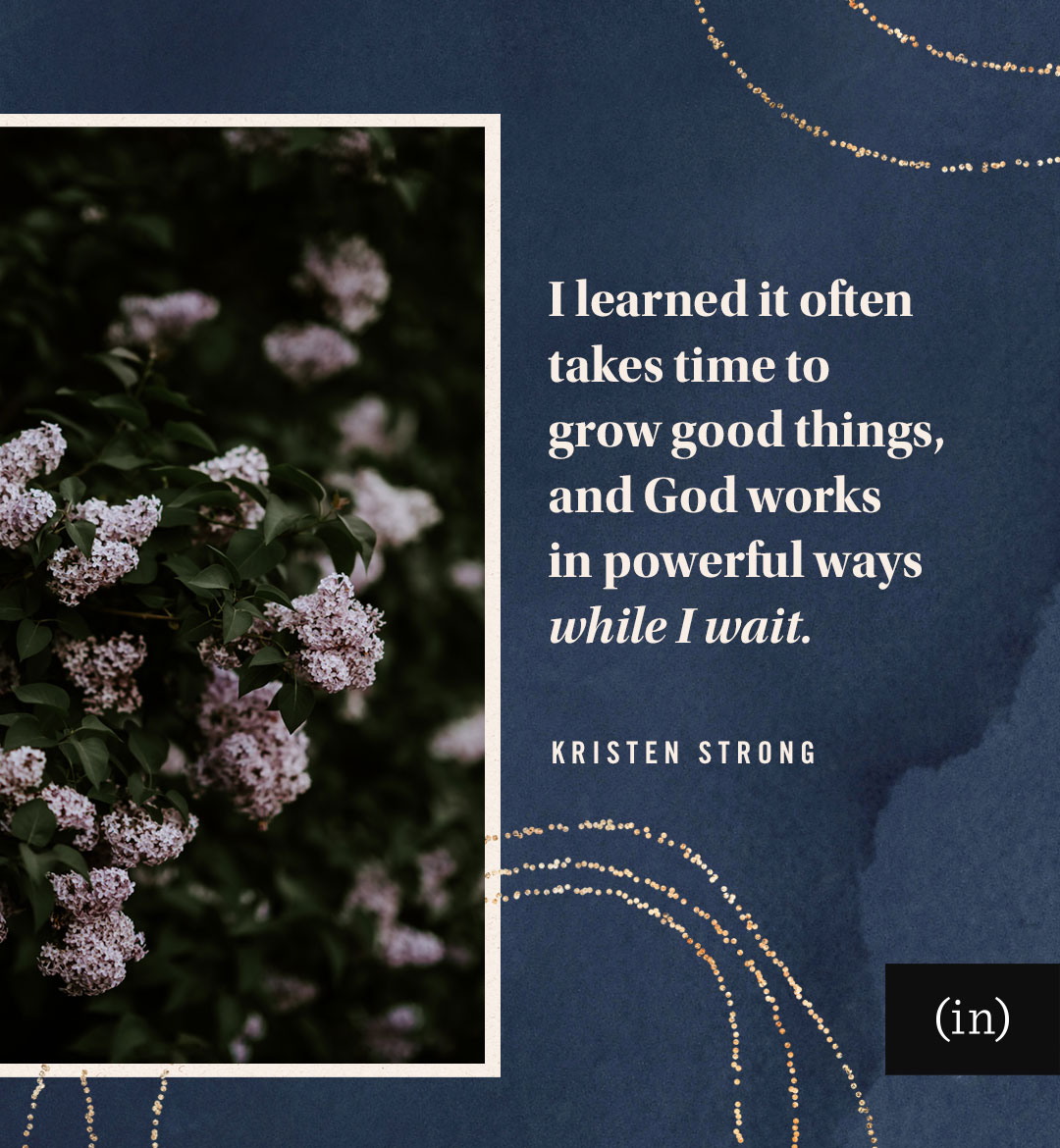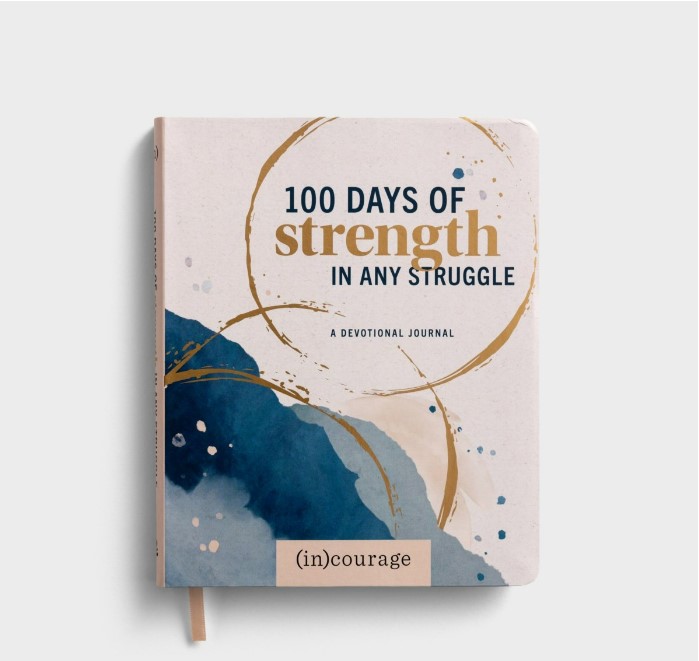I’ll admit it: I’ve cussed more than once over my gardening frustrations in Colorado. Planting in pots offers me great success, yet attempting to grow boxwoods or roses or carrots in the ground brings mostly failure. Our soil is stubborn yet sandy as can be, so planting directions include extensive aids. The prolific deer like to eat every green thing from the top downward, and they laugh — cackle! — in the face of “deer resistant” labels. Voles like to eat everything from below ground upward. We have hail storms that have turned my gorgeously growing plants into pathetic green shrapnel.
While all this may be true, it’s also true I won’t give up gardening. I’m committed to learning what works and what doesn’t. But gardening is just that: work. It simply takes a long time for roots to grow here.
On a similar note, I didn’t think I’d ever grow roots here in Colorado. I know that sounds ridiculous since in many ways, Colorado is dang near paradise. It’s beautiful in that jaw-dropping, mountain-majestic kind of way. I know countless people who grew up here before leaving for college or employment, but they eventually boomeranged right back to the Front Range. People spend thousands of dollars to vacation here. In the military community, Colorado is consistently one of the most highly coveted assignment locations.
When we moved here in 2010, courtesy of the US Air Force, we loved that several other friends lived here as well. So I wasn’t lonely in the same way I had been when we moved to places I knew no one outside my immediate family.
After my husband David retired from the US Air Force, we decided it was best for our family to stay here, and David took a civilian job in the local area. Given all the advantages of Colorado and our personal plans of staying put, I asked myself one question over and over: Kristen, what is your problem that you can’t feel at home here like everyone else?
Part of that answer lied in the weather. While I like winter more than I used to, I’ll always tilt towards summer, and summers here are short. However, I knew this went deeper than a lack of warm weather. I just couldn’t get used to the idea that this was where we would likely live for the foreseeable future, even though my husband and kids were thrilled.
I wish this was the part of the story where I tell you a big shift occurred, where things miraculously changed and I immediately felt more settled in here. But I can’t. What I can tell you is I sensed God telling me all along the way that even if Colorado didn’t feel like home today, it was home. And it would eventually feel that way too. All I could do in response was to hang my feelings on that peg of faith by believing God meant it.
As I waited to feel like I belonged, I walked through my days doing what I could to affect what was in my control. I reached out to folks — a lot. I showed up at places other women were. My family and I opened up our home to share dinner, dessert, or coffee with other people. I prayed and asked for Jesus’s help a lot. I went outside not just when the weather was warm but also when it wasn’t. I read books, like Jennifer Dukes Lee’s Growing Slow, and I learned it often takes time to grow good things, and God works in powerful ways while I wait.
Slowly, surely, I started forming real connections with others. Not with every person with whom I engaged, mind you. But with enough that it helped me settle in more. I started to look forward to Colorado-specific events and happenings. One apple-crisp fall day, after eleven years of what felt like work through stubborn, sandy soil, I looked at our big, golden-leafed cottonwood at the end of our lane and realized with a little bit of shock, I don’t want to leave here. I said to David, “Ya know, this place feels like home.” And I meant it.
It was one of those moments when faith became sight.
This past summer, I invited a gardening expert out to our house to give me specific advice on what to plant where. At one point, I lamented to him that I thought I needed to move my lilac bush to a different location because it wasn’t really thriving.
He asked me, “When did you plant it?” I responded, “About two years ago.” He stooped down to look at the plant more closely. Looking up at me, he said, “It generally takes three years for plants to become established, if not a bit longer where we live. Think of it as ‘sleep, creep, then leap’ kind of progress. There is new growth on this lilac bush, and next year you will see a good deal more. I would leave it where it is.”
With spring still a little ways away, I can’t yet report if it will hold an explosion of lilac blooms. I’ve done what I can to nurture the plant, so I’m hopeful. But if it does need more time to grow roots before it takes off? No matter. Sometimes, it simply takes a long time for roots to grow for plants . . .
and people.







Can I ever relate!!! When I was newly married, my husband and I moved 14 times in 10 years. We had 2 boys. Then I was diagnosed with Lupus—well, that was the end of our marriage–the MD said he pulled away from me like a dog that had rabies! We were in Salt Lake City with the FBI. I loved it there–everyone was so nice and friendly. 4 seasons!!! Kids loved the snow! Good schools! Even found a Baptist Church!! Soon the underlying became obvious and my husband flat told me that I was socially unacceptable due to having Lupus. After a 2 year custody/ divorce battle, the Lord knew who need to have the kids-me. The youngest-4 said we needed to move to my mom and dad’s–they had been coming out from Arkansas every winter for Christmas for 4 years. So we really had to go, dad did not play nice. Upon moving to Arkansas, where RN’s are not paid well and communities are very closed it was hard to make friends because it seemed that everyone was related to everyone. I found a wonderful church, but being young (30) and divorced, no young women wanted me around. In time, though God did work and I found a job with a State hospital, there everyone was related in some way to everyone, but I was invite into their lives! It took a long time, but finally it was home.
Betsy, I’m so sorry for all you’ve been through, and I’m so thrilled that you’ve found your place where others invite you into their lives! What hope your story gives. Much love!
Betsy,
Wow! You’ve been through so much in your young life. Praying God will infuse more peace & calm into your life now. Asking God to bring more friends into your life & your children as well.
Blessings 🙂
I am a recent (Nov. 2019) transplant to Colorado. I moved here to be near my daughter after my husband died. I understand the gardening challenges, and the weather -although coming from Maine it is a lot easier to deal with the weather here. And while I have made a couple of new friends that have become important to me and I have become involved in a church. I still do not feel settled. My life is not what I had pictured it would look like at my age (68), or living here near my daughter. Covid certainly hasn’t helped by keeping me more isolated. But I take encouragement from you words today and for reminding me that I need to reach out more and be patient to grow my roots. Thank you, Kristen.
Madeline, I’m praying now that your efforts return an abundant harvest. Sending love!
I often pray that our faith roots would grow fat & deep. From a pray-ers perspective I want that growth to be quick & painless. But from a gardener’s perspective it’s going to take time & a root end pushing into hard soil is going to be hard work & not comfortable, maybe even painful. Does anyone that mean I should stop praying that prayer? No way! Just as deep roots of a plant produces fertile, beautiful, useful plants. Fat deep faith roots bring healing & beauty to others & glory to the Master Gardener. May all our faith roots be fat & deeply rooted in the water table of His Word! Blessings upon blessings!
Love this, Ruth. Thank you *so* much for sharing and encouraging us today!
thank you for sharing what a blessed thoughts.
You’re welcome, Ana!
I love this! For me though, it feels like my CO grew even stronger after I left! Lol.
Crossing our fingers we get back there in summer 2023!
That should say my CO roots…whoops!
It’s so funny in a nice way to read others points of view about the state (CO) that I was born and grew up in. I was born in southern Colorado but grew up in a very small farming community east of Pueblo. I spent summers in Colo. Springs and I have lived in several states as an adult. Yet for me Colorado is home. I think the mountains are the draw.
Driving across the plains from Kansas and that first sight of Pikes Peak has always thrilled my soul. Kinda like how I felt the first time I saw the ocean. Small and awe struck!!!
Yes I know how you felt trying to fit in some place. I lived in Missouri for 6 years near Ft. Leonard-wood and never felt like I fit anywhere. But now that we are “home” again I still don’t feel like I fit in. Things change, actually we change as well. Needs we once had seem to no longer exist. So like a very popular book many years ago, we must bloom where we are planted.
I feel like we are on a train ride to the Promised Land and we are just enjoying the sights along the way going toward our true destination. So enjoy your trip and remember who the conductor is.
Just think how much more beautiful and fragrant your lilac bush will be after having to wait for it. Happy gardening.
Hi Kristin,
Thanks for your encouraging words. My husband and I have experienced several major cross-country moves–from Oklahoma to Southwestern Louisiana to Long Island to Florida to now, Nashville. My moving verse is Psalm 139:9 If I take the wings of the morning and dwell in [near] the uttermost parts of the sea [Gulf of Mexico or Atlantic] even there your hand shall lead me, and your right hand shall hold me.” And even in the middle of the country, too!
Every move has been difficult and I hate starting over, finding in my experience that it takes two years before the new place starts to feel a bit normal and I start to feel at home–finding a new church and new friends, along with getting the new license plates, doctors, dentists, etc. But even now, God knows where we are and cares for us–even in this new place of supporting parents and being far from our grown daughters. It’s not easy, but we have His help and look forward to our permanent home with the Lord and no more good-byes. 🙂
I LOVE the scripture you’ve chosen for moving, Psalm 139:9–it’s perfect! Thank you so much for sharing. For one of our moves God gave me Ruth 2:11-12. My husband was a pastor and we were heading to a church in trouble. God DID richly reward us as the church revived and we were blessed with life-long friends.
Kristen, this is very encouraging. Thank you. And I hope your lilac bush grows profuse amounts of blooms soon!
Oh my goodness, today’s encouragement made me tear up! I can relate in so many ways. We have lived in our current town for 5 years, and while I love it up here, in many ways it doesn’t feel like home yet. Thank you for making me feel like it’s ok if my roots aren’t growing as fast as I thought they would!
Kristen,
Change is often hard. It takes lots of time for people to get settled into community. I should know. I’ve been in this small community 18 years now & finally feel like I belong. Get more involved in activities & volunteerism. The same is true for our small church. Most people are related in some way. Even my husband’s ex-in-laws go there. It was difficult at first, but I’ve made many a wonderful friend. I wouldn’t trade living in upper E. TN (Watauga/Carter County) for anything. Love this small town. Yes it takes time for roots to grow deep.
Blessings 🙂
Such wonderful encouragement, Kristen. I too have struggled to feel at home in new locations, though surely not as often as you. (We’ve lived in nine different cities.) That moment when a house feels like home and a church feels like family is glorious, for sure! But you are so right: As we wait for that moment, God works in powerful ways, teaching us trust, patience, perseverance, courage, and more. Thank you, Kristen!
Oh I can so relate! While I love the PNW, the winters seem to become grayer and oh so long the more time I’m here. And making friends, sometimes, most times, feels rather drought like. And yet, while I long to travel, and get up and go, I hear God’s nudge to be here now. And for that, I choose to be grateful. Thank you for wise, honest words, Hoping you’re lilac is prolific this year and you post beautiful pictures of it’s blooms.